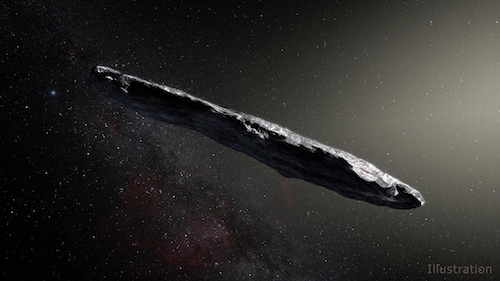WHY GO BACK TO THE MOON?
/Saturn Apollo image courtesy of NASA
U.S. President Donald Trump signed a directive this week instructing the National Aeronautics and Space Administration to once again focus on sending a human crew to the Moon. Humans haven’t been on the Moon since the Apollo 17 mission in December of 1972—forty-five years ago—although there have been robotic probe landings by Russia and China. Former President Barack Obama had urged a crewed landing on an asteroid instead, as practice for a Mars voyage. So why does Trump prefer to shift the focus back to the Moon (although, notably, there haven’t yet been any announcements about funding or a timetable)? Perhaps because the Chinese space agency previously announced plans for a manned lunar landing by 2036, and appeared to confirm that intention this past June.
Other than “staying in the lead” in manned lunar exploration, as Trump puts it, why should anyone put that much money and effort into landing humans on the Moon again? It’s already been done.
Actually, I find myself in the rare position of agreeing with The Donald this time. There are lots of reasons that a focus on further Moon exploration is not misplaced. It offers many advantages over other possible destinations in the short term. One of them is that we have already been there, so we have a good idea what to expect, which means explorers can pay less attention to the process of getting and staying there, and more on learning stuff.
The Moon offers a huge surface area and the great variety of its topography can benefit a multitude of purposes. For both research and manufacturing, it provides the advantages of low gravity and a vacuum environment without the disadvantages of zero gravity: liquids can pour, air can circulate thermally, and there is an “up” and a “down” (no small point when you’re working with tools). Extremely high temperatures and extremely low temperatures are both available for a couple of weeks at a time (as compared, for example, to a spinning asteroid). Water on the Moon can be used for human consumption, but also processed to make oxygen for rocket fuel and other chemical reactions. Radio telescopes and other electromagnetic sensing technology can operate on the farside to take advantage of the Moon’s great bulk to block interference from Earth.
We badly need to learn more about the mineral composition of the Moon at large because, in spite of the Apollo missions and numerous unmanned landings, the areas sampled still comprise only a very small percentage of what’s there. Minerals and other elements found on the Moon can not only be used to produce infrastructure on site, but also hurled by mass launchers throughout the solar system much more cheaply than by using rockets and at vastly less expense than shipping objects from Earth. Along with mineral resources native to the Moon, there are certain to be metals and other valuable commodities from the many asteroid strikes on its surface.
From a purely scientific point of view, the Moon can teach us about the origins of the solar system, the accretion of planets, the formation of orbits, and more about asteroids (from those many impact craters).
But the most important advantage of the Moon is that it’s so close. Only a three day journey away. Locations on the near side are in a direct line-of-sight from Earth. Communications suffer a time lag of just over a second instead of many minutes. All of that means lower costs in fuel, time, and crew stress. Less exposure to cosmic radiation (one of the most serious obstacles that Mars-trip planners are struggling to overcome). A much greater chance of rescue in the event of a serious accident. Smaller and less complicated spacecraft (with a reduced need for shielding, extensive recycling facilities, or physical fitness equipment). Much more attractive time-frames for potential space tourists. And the list goes on.
We still have a huge amount to learn about living and working in space. Much of it will inevitably be through trial and error. Although still hazardous, to be sure, the Moon is a safer, more practical practice environment than anywhere else beyond our home planet. In our long journey toward the stars, it’s our front porch.
From a science fiction perspective, our giant natural satellite has captivated our imaginations forever, and there are far too many wonderful literary speculations about it for me to begin to list them. But I do want to touch on one. The premise of Arthur C. Clarke’s short story “The Sentinel”, later to form the basis of 2001: A Space Odyssey is exquisitely logical. That an extraterrestrial species which visited our planet just at the dawn of human intelligence would place a device on the Moon to alert them when humanity reaches the level of space-faring technology is not far-fetched at all. I consider it almost inevitable.
So, yes, let’s go back to the Moon. Let’s find the doorbell and ring it, and then wait to see who answers.






